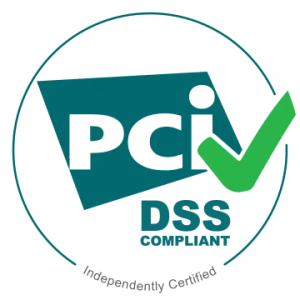Enable or disable php extensions using Cloudlinux selector in DirectAdmin
A step by step guide to help you Enable or disable php extensions using Cloudlinux selector in DirectAdmin.1. Log-in to your DirectAdmin account.2. In the Extra Features section, click on the Select PHP version ico…







